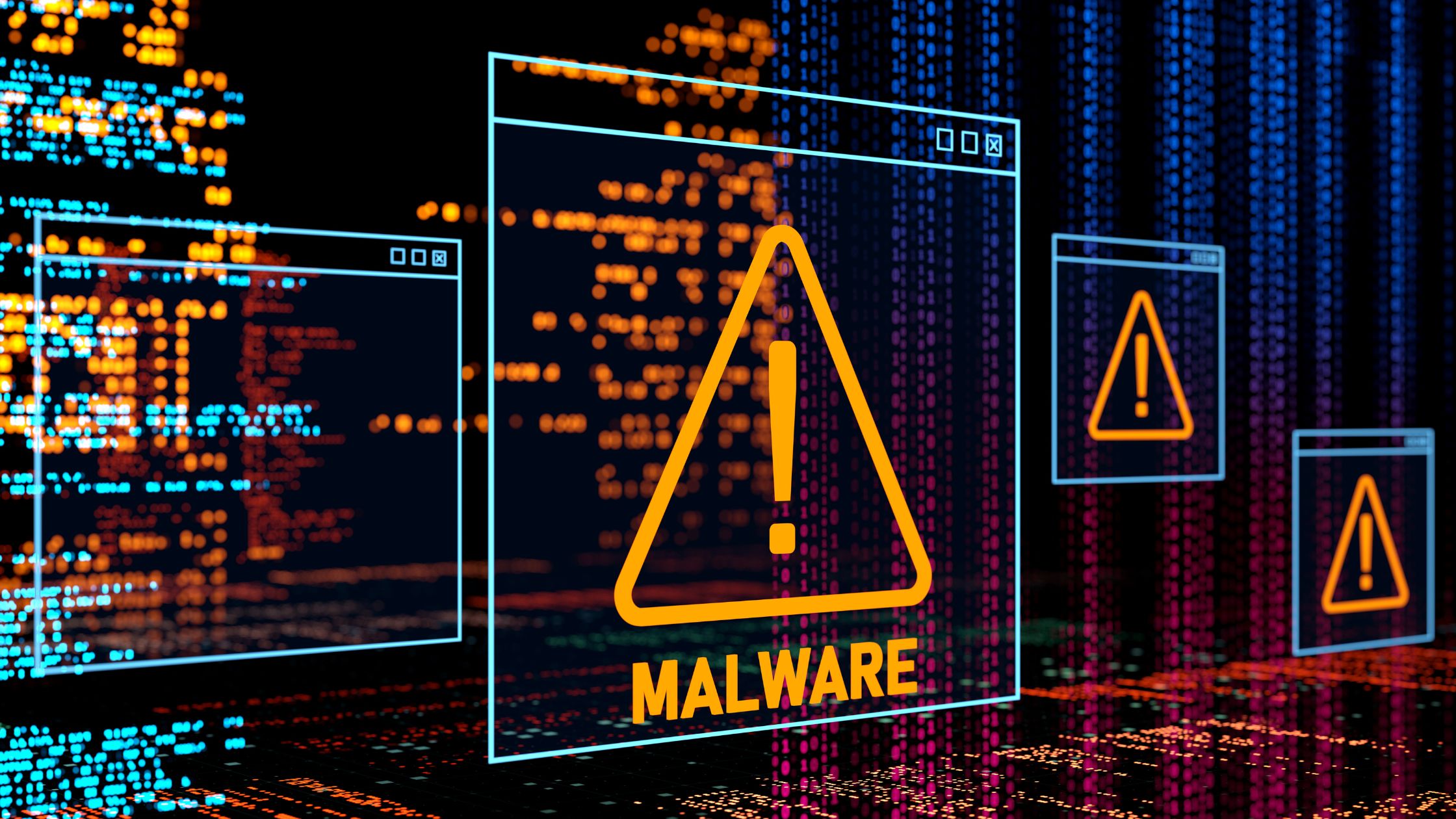Malware is a growing concern for individuals and organizations alike. With the increasing complexity of malicious software, identifying malware can be a challenging task. However, identifying malware has been made easier with Binwalk online.
However, there are tools that can help in the process. And one of them is Binwalk. On this page, we will discuss how to use Binwalk online to identify malware. But before we go on, what is Binwalk?
What is Binwalk?
Binwalk is a tool that can scan binary files and identify the different components of that file. Also, it can detect and extract files and data hidden within other files.
Binwalk is typically used for reverse engineering firmware images. But it can be used to analyze other types of files as well.
How to Use Binwalk Online
If you are wondering how to make use of Binwalk online, then listen up. Binwalk can be run both locally on a computer and online. For the purpose of this section, we will show you how to use Binwalk online.
Step 1: Go to the Binwalk Online website (CLICK HERE)
Step 2: Select the file you want to scan. You can either drag and drop the file into the designated area or click on the “Choose File” button to select the file from your computer.
Step 3: Click on the “Scan” button to begin the scan.
Step 4: The results of the scan will be displayed on the screen. And then Binwalk will display the file type, entropy, and any other information it can extract from the file.
Step 5: Look for any suspicious or unknown files or data that may indicate the presence of malware. For example, if the file is a firmware image and it contains a file with a “.php” extension, it could be an indication that the firmware has been compromised.
Step 6: If the file is confirmed to be malware, it should be handled accordingly. Also, this could include removing the malware from the affected systems, isolating the affected systems, and reporting the incident to the appropriate authorities.
However, it’s worth noting that Binwalk is not a malware scanner but a tool that allows you to analyze files, it can help you identify malware, but it’s not a substitute for anti-virus software.
What Other Tools are used for Malware Analysis?
There are several tools that are commonly used for malware analysis. Some of the most popular ones include:
1. VirusTotal
This is a website that allows users to upload a file and have it scanned by multiple antivirus programs. And it can be used to quickly check a file for malware.
2. Sandbox
A sandbox is a tool that allows you to run a program or file in a controlled environment. Also, this can be used to safely analyze malware and observe its behavior without risking infection on the main system.
3. Debuggers
Debuggers are tools that allow you to step through a program’s execution, view memory contents, and make modifications to the program’s state.
However, they can be used to analyze malware and understand how it works.
4. Disassemblers and Decompilers
Disassemblers are tools that convert machine code into assembly code, allowing you to view the instructions executed by the malware.
Also, Decompilers are tools that convert machine code into a high-level programming language, making it easier to understand the malware’s functionality.
5. Memory Forensics
Memory forensics tools allow you to analyze the contents of a computer’s memory. Also, this can be useful in identifying malware that is running in memory or discovering malicious code that has been injected into a legitimate process.
6. Network Analysis Tools
Network analysis tools can be used to analyze network traffic and identify malware that is communicating with command and control servers.
7. Malware Reverse Engineering Tools
These tools allow you to analyze and understand how malware works. Some examples of these tools are IDA Pro, OllyDbg, and Radare2.
It’s important to note that malware analysis can be a complex process and requires a certain level of expertise.
Therefore, it’s recommended to use these tools in combination and with the guidance of experts in the field.
How Can I Install Binwalk on Windows?
Installing Binwalk on Windows can be done in several ways, but the most common is to use the Windows Subsystem for Linux (WSL) feature.
Here are the steps to install Binwalk on Windows using WSL:
1. Enable Windows Subsystem for Linux
Open PowerShell as an administrator and run the command Enable-WindowsOptionalFeature -Online -FeatureName Microsoft-Windows-Subsystem-Linux. Restart your computer if prompted.
2. Install a Linux Distribution
You can install a Linux distribution such as Ubuntu from the Microsoft Store.
3. Open the Linux Distribution
Once the Linux distribution is installed, open it from the start menu. It will take a few minutes to set up for the first time.
RECOMMENDED SEARCHES:
- Getting Started with JavaMod: A Step-by-Step Guide
- TGM Gaming Macro – All You Need to Know
- The Benefits of Virtual Machines
4. Update and Upgrade the Linux Distribution
Once you are logged in, update and upgrade the system by running the commands sudo apt update and sudo apt upgrade.
5. Install Binwalk
To install binwalk, run the command sudo apt install binwalk.
Verify the installation: You can verify that binwalk is installed by running the command binwalk –version
Once you have installed Binwalk on Windows using WSL you can use it on the command line just like you would if you were using a Linux system.
Alternatively, you can install a precompiled version of Binwalk for Windows, but it may not be the latest version and it could be less stable than the version installed in WSL.
You can find a precompiled version of Binwalk on the developer’s website.
It’s worth noting that WSL is a feature that is only available on Windows 10, so if you’re using an earlier version of Windows, you’ll need to use a virtual machine or a different method to install and run Binwalk.
Conclusion
No doubt, Binwalk is a powerful tool that can help identify malware. By using Binwalk online, you can easily scan a file and check for any suspicious or unknown files or data.
However, it’s not a substitute for anti-virus software, but it can be used in combination with other tools to identify malware.
Also, it’s important to always keep your computer and software up-to-date, and use anti-virus software to protect your computer from malware.
Additionally, be cautious when opening email attachments or clicking on links from unknown sources, as these are common ways for malware to spread.
Please if the information on this page was helpful do drop a comment for us. Also, do not hesitate to share it with your loved ones.


